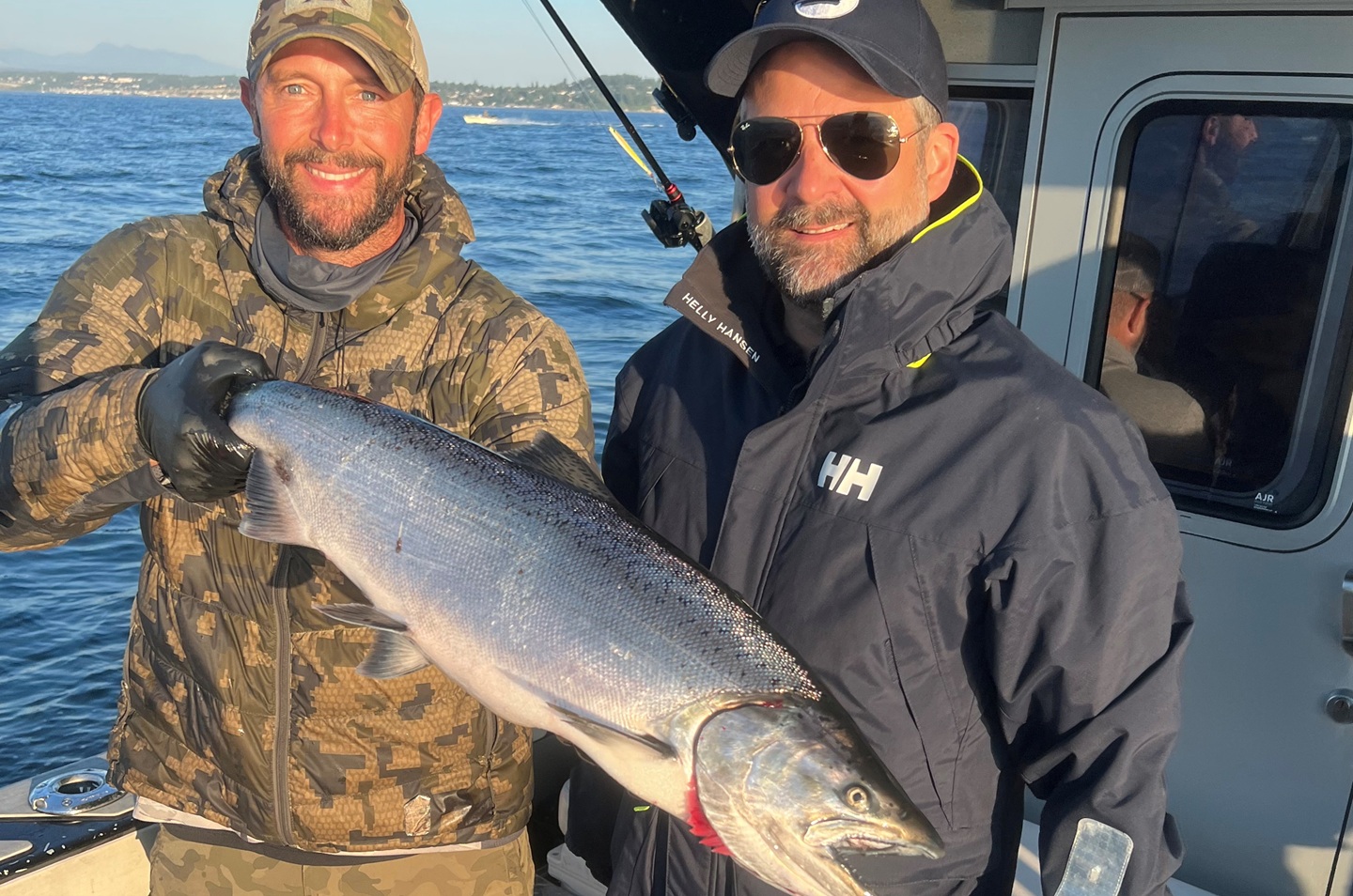Duckworth 30 XL w/Sharrow Props
The Duckworth 30 Offshore XL is an aluminum boat built specifically for offshore fishing and is popular in the Pacific Northwest, where the conditions are often rugged and there is usually a chill in the air. The boat measures 34’1” overall, has a 9’6” beam (10.38 m x 2.89 m) and has a dry hull weight of 7,140 lbs. (3,245.5 kgs.).
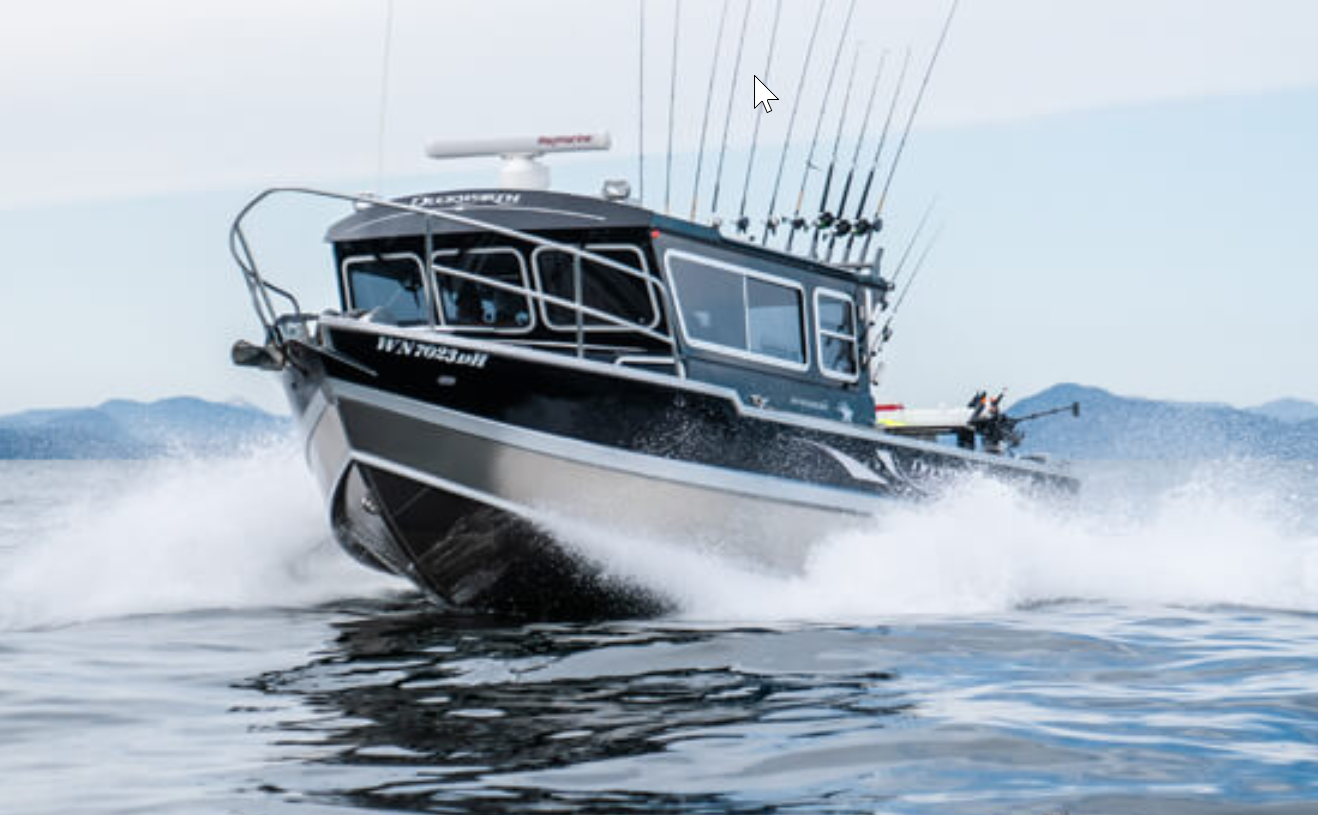
The data presented here was recorded by both Yamaha and Sharrow personnel, with a full load of fuel (225 gallons/851 L) and 8 people aboard. Such a collaboration is rare, but a welcome one, and it speaks highly of the integrity of both parties.

As we have seen in all the tests that BoatTEST has conducted, the test boat, when propped with Sharrow wheels gets on plane well before it does with traditional prop designs. In the case of the Duckworth 30 Offshore XL, the boat got on plane between 3000 and 3200 RPM, something that she didn’t achieve with the traditional props until 4100 to 4200 RPM. In reality, the boat is typically run at 4500 RPM to keep her solidly on plane at nearly 32 mph.
Twice as Fast to Plane
As can be seen in the steep ascent of the red line (the standard prop) in the chart above, the difference between mushing along at 15 mph and being solidly on plane means the boat must be run at 31 mph – or twice as fast as with the Sharrow props.
But, what if the conditions are too rough to run the boat at 32 mph?
Fitted with the Sharrow props, the operator has a range of speeds at which to run the boat on plane from 20 mph to 31 mph, depending on the comfort level in any give condition. Without the Sharrow props, in lumpy conditions, the operator must choose to either mush along at displacement speeds, or to go 30+ mph.
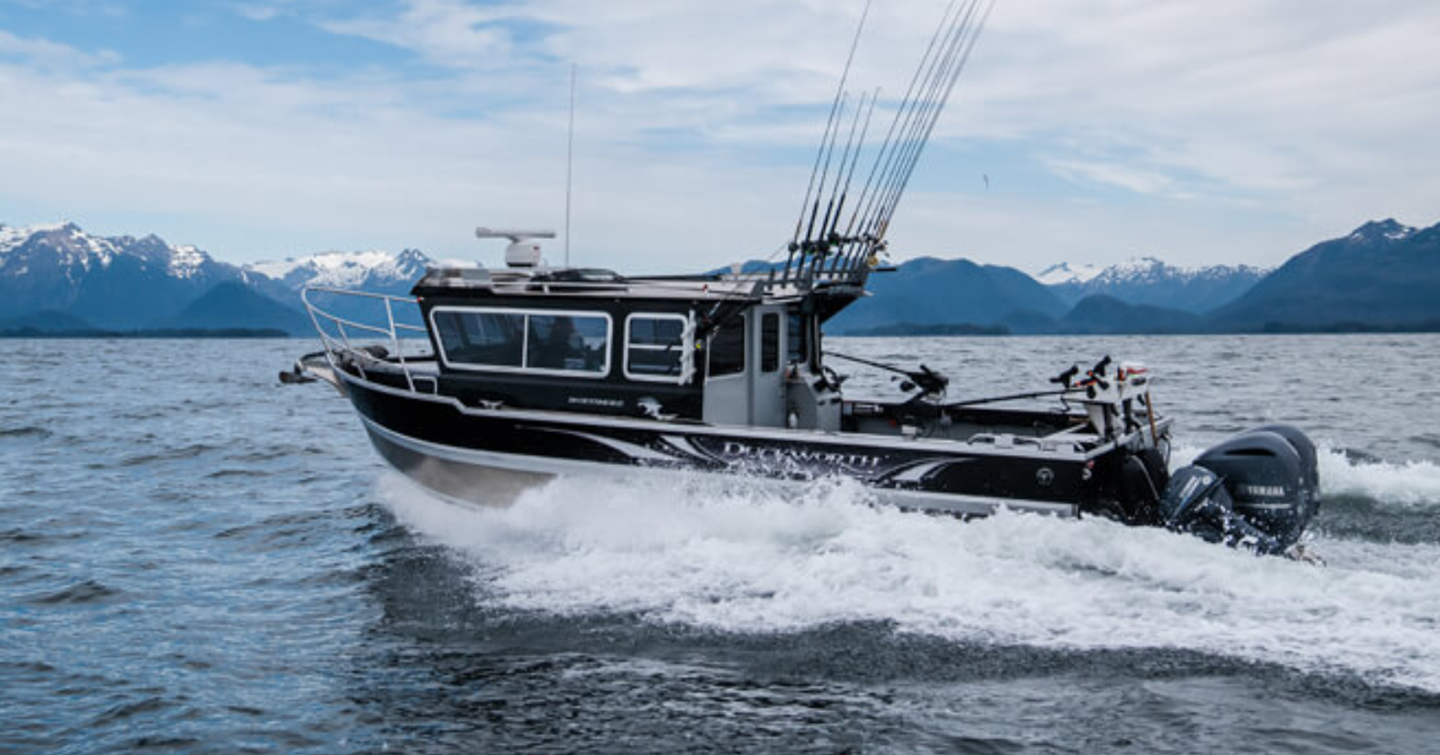
Just as dramatic was the dichotomy of cruising speeds: Because conditions are often lumpy in the Pacific Northwest, and because the deadrise of this boat is 39-degrees in the bow, 26-degrees forward and 19-degrees at the transom, boats of this type typically run at speeds on the 22 to 29 MPH range, unless conditions warrant faster speeds.
As can be seen in the chart below, in this speed range it was no contest between the two prop designs. It was not until 5500 RPM that the standard prop was able to propel the boat farther than with the Sharrow props.
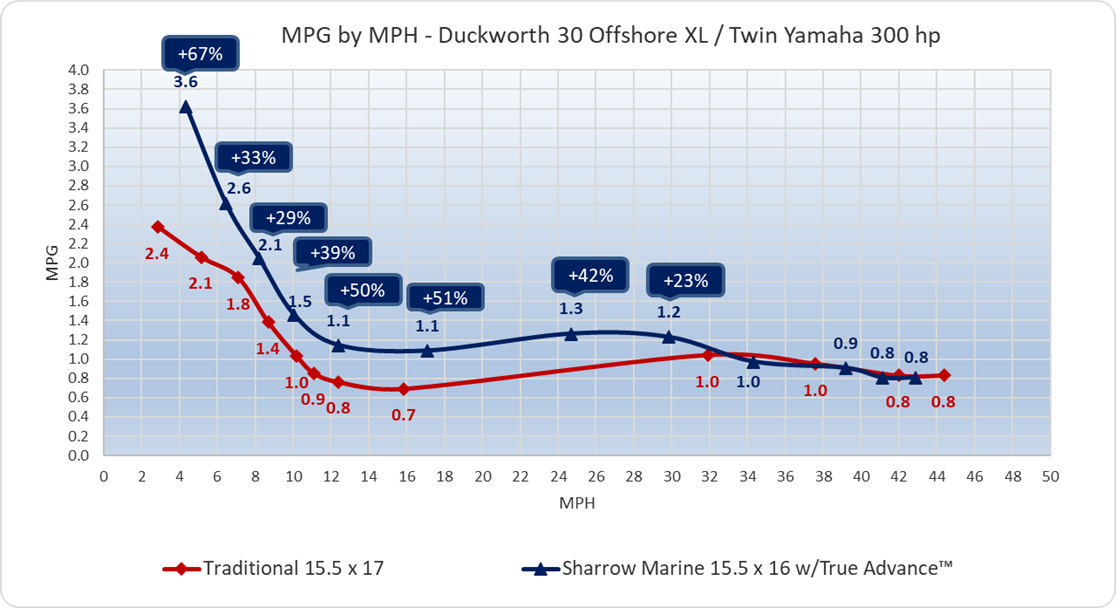
Most boat owners are fanatical about two things, one matters, and one doesn’t: top speed and fuel consumption at cruising speeds. The fuel consumption of a boat such as the Duckworth 30 Offshore XL is particularly critical because of the distances involved getting to the fishing grounds.
The Duckworth propped with Sharrows has greater range at any speed under 32 mph, and a best cruise planing speed that is 38% farther at nearly 25 mph, and 24% more range at 30 mph. At trolling speeds, as can be seen in the chart below, the boat has 34% greater range.
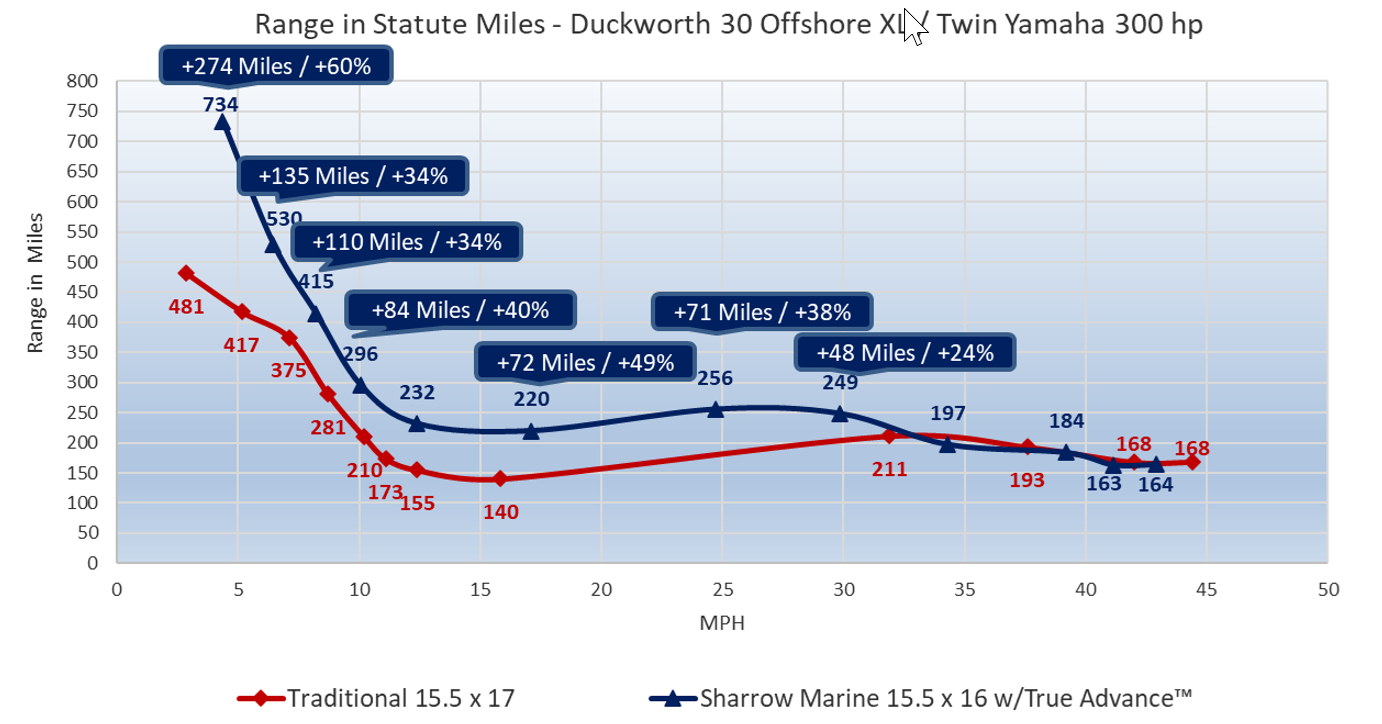
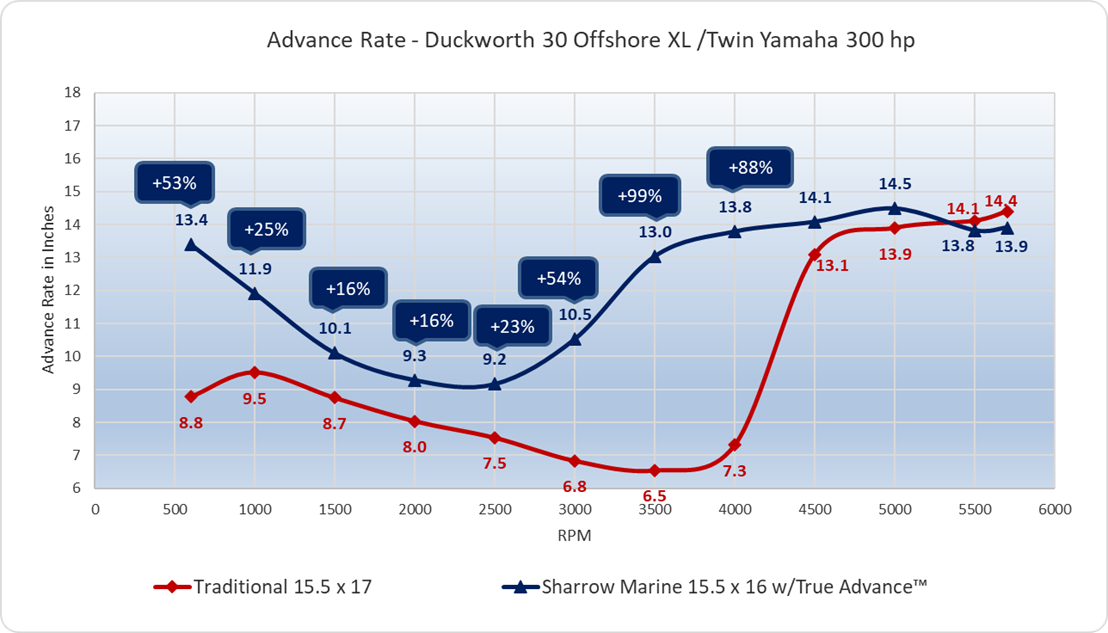
Advance Rate is the Key
The chart above showing the actual advance rate of the boat with each 360-degree rotation of the prop, explains why Sharrow props are both faster and more fuel-efficient in the mid RPM range. The revolutionary loop design of the prop takes better purchase of the water, has twice as many leading edges, and virtually eliminates prop-tip vortices. These elements greatly reduce cavitation and the resulting “prop slip.”
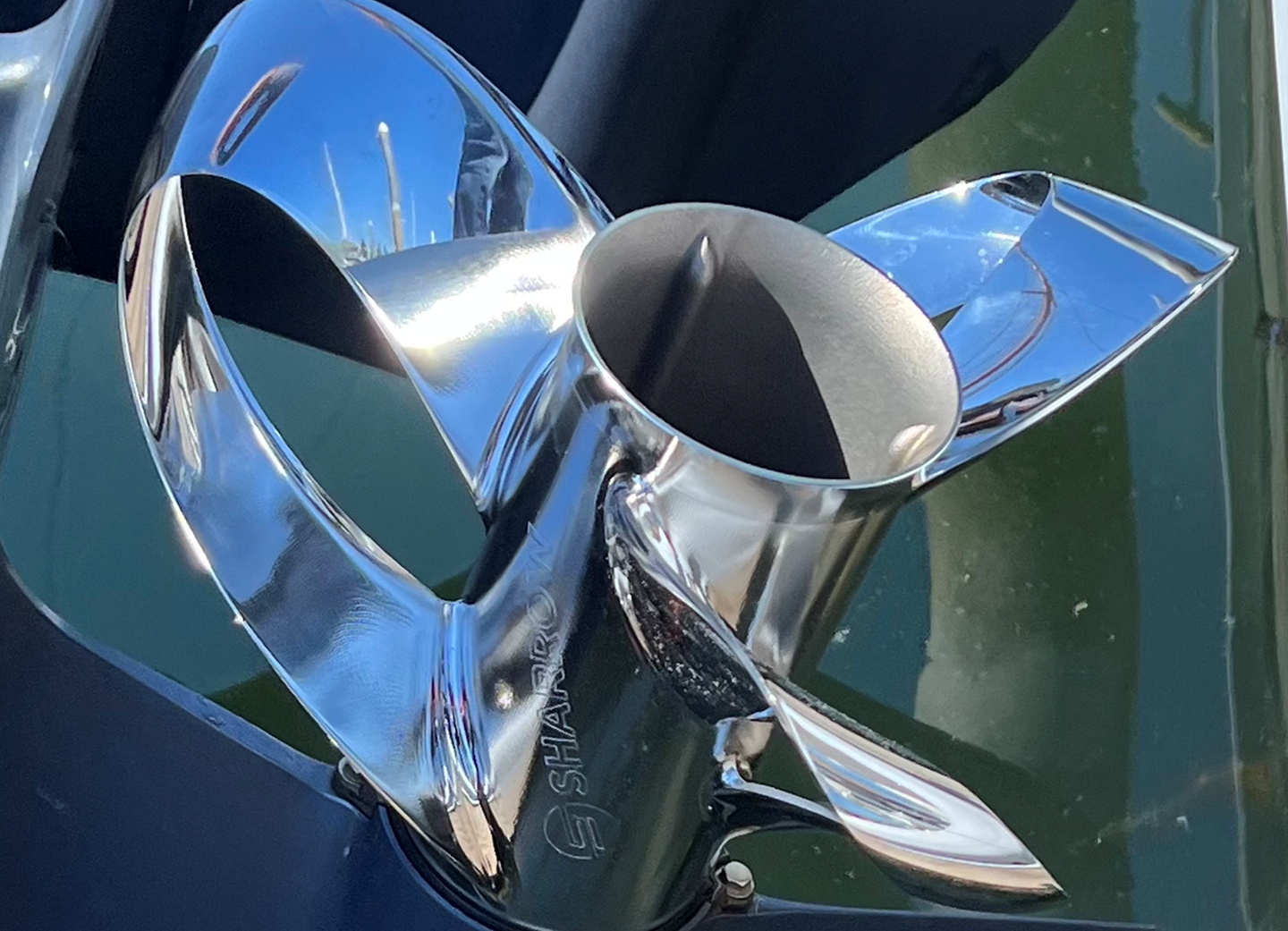
that makes remarkable performance possible.
“Prop slip” is the difference between the prop’s theoretical advance with its pitch in inches, compared to the distance it actually advances through the water. This has always been the Achilles heel of conventional propellers, a problem that was deemed unfixable. While the Sharrow prop does not eliminate it, its efficiency is always better than any props we have tested.
Another way to look at a propeller’s performance is its efficiency relative to its advertised pitch, which tells the same story as an analysis of slip, but from a different perspective. As we see in the “Slip” graph below, the Sharrow propellers deliver a higher percentage of efficiency across the entire RPM range, from idle to wide open throttle.
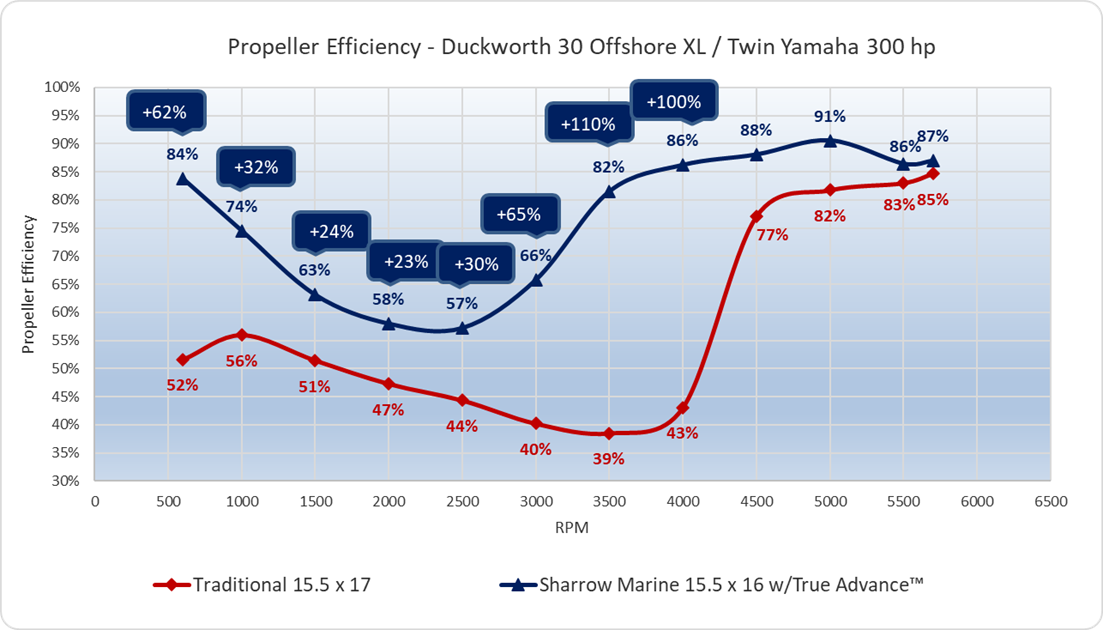
A Hobson’s Choice Can Be Avoided
A common dilemma with many powerboats is whether to run too fast for the conditions or for the safety and comfort of the occupants, or to run at displacement speeds which are slow, and can be wet in certain conditions. Based on what we see in these test results – that have been vetted by both Yamaha and Sharrow – there appears to be a third alternative. And, that seems to me staying on plane at comfortable and safe speed with Sharrow props at lower RPM.
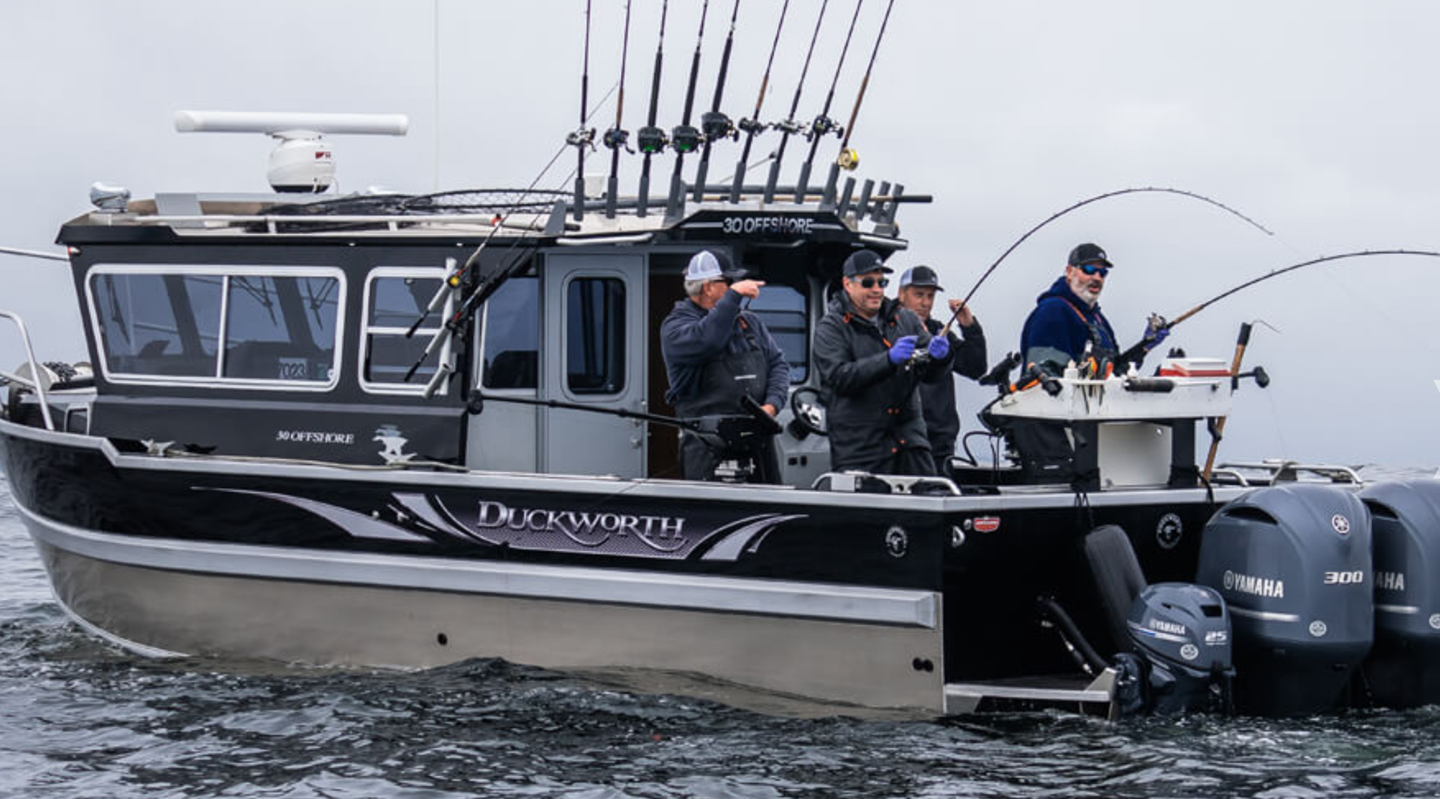
Most fisherman would rather spend less time getting to the fish and more time catching the fish. The chart below shows the time required for each set of props to travel 100 miles. At midrange cruising speeds, the Sharrow propellers are able to arrive at the fishing grounds in significantly less time than traditional propellers.
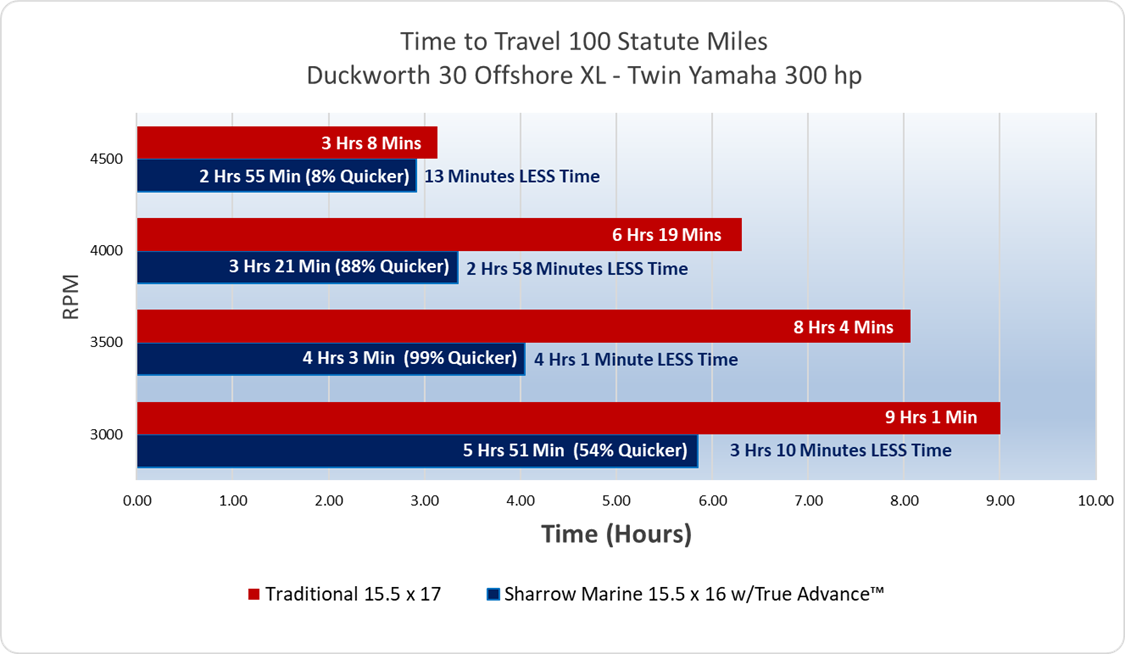
Accelerating the boat and getting on plane quickly can become a priority should conditions dictate. Gaining a clear view of what’s ahead sooner is almost always preferable. The graph below shows the acceleration advantage the Sharrow props had over the conventional props when comparing 0-30 mph times.
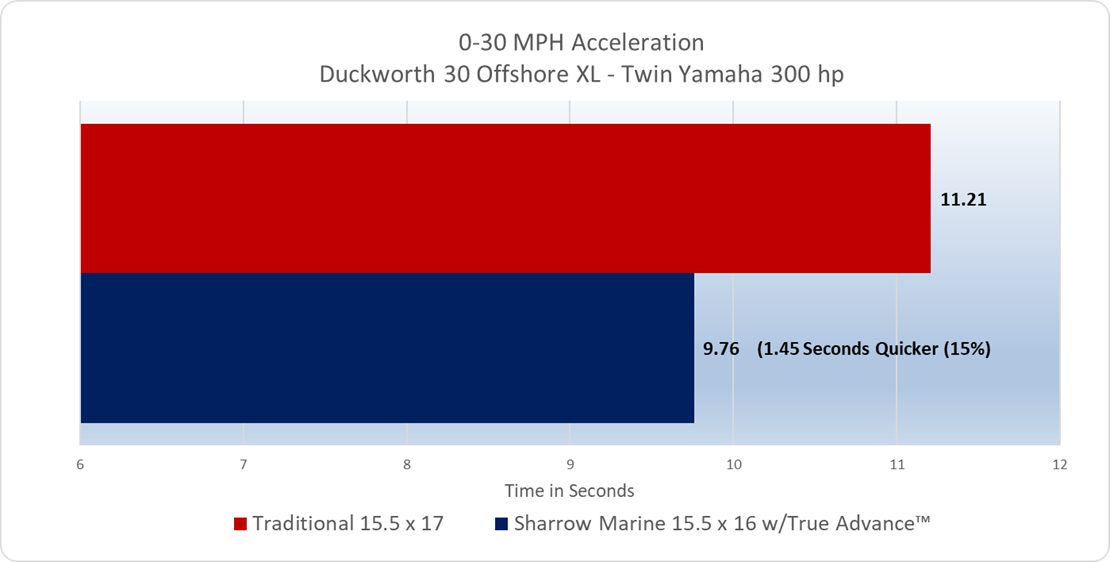
Words From the Boat Owner
"If you would have told me that I could bolt something onto my engines and save 20% on fuel while increasing the hole shot, of course I would not have believed it.
“If you would have told me that this same product would quiet the engine sound down to the point that I no longer had to shut the cabin door to reduce noise; I would not have believed that either.
“The proof is in my reduced GPH fuel burn, the savings at the pump and the quiet conversations that are now the norm with the door open. Before Sharrow Propellers, discussing the concept of a 30' x 9' hull's hole shot was not feasible.
Well, my concept of reality has been forever "Sharrowed".
--Thomas Nelson
